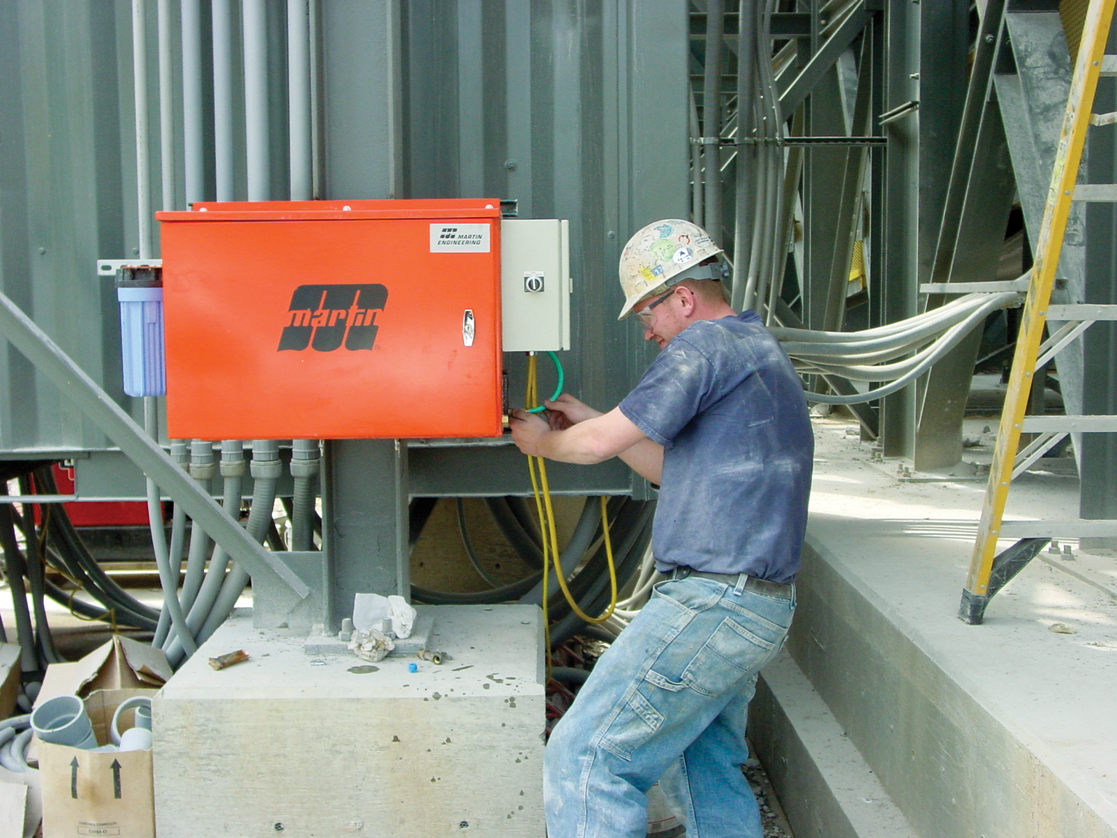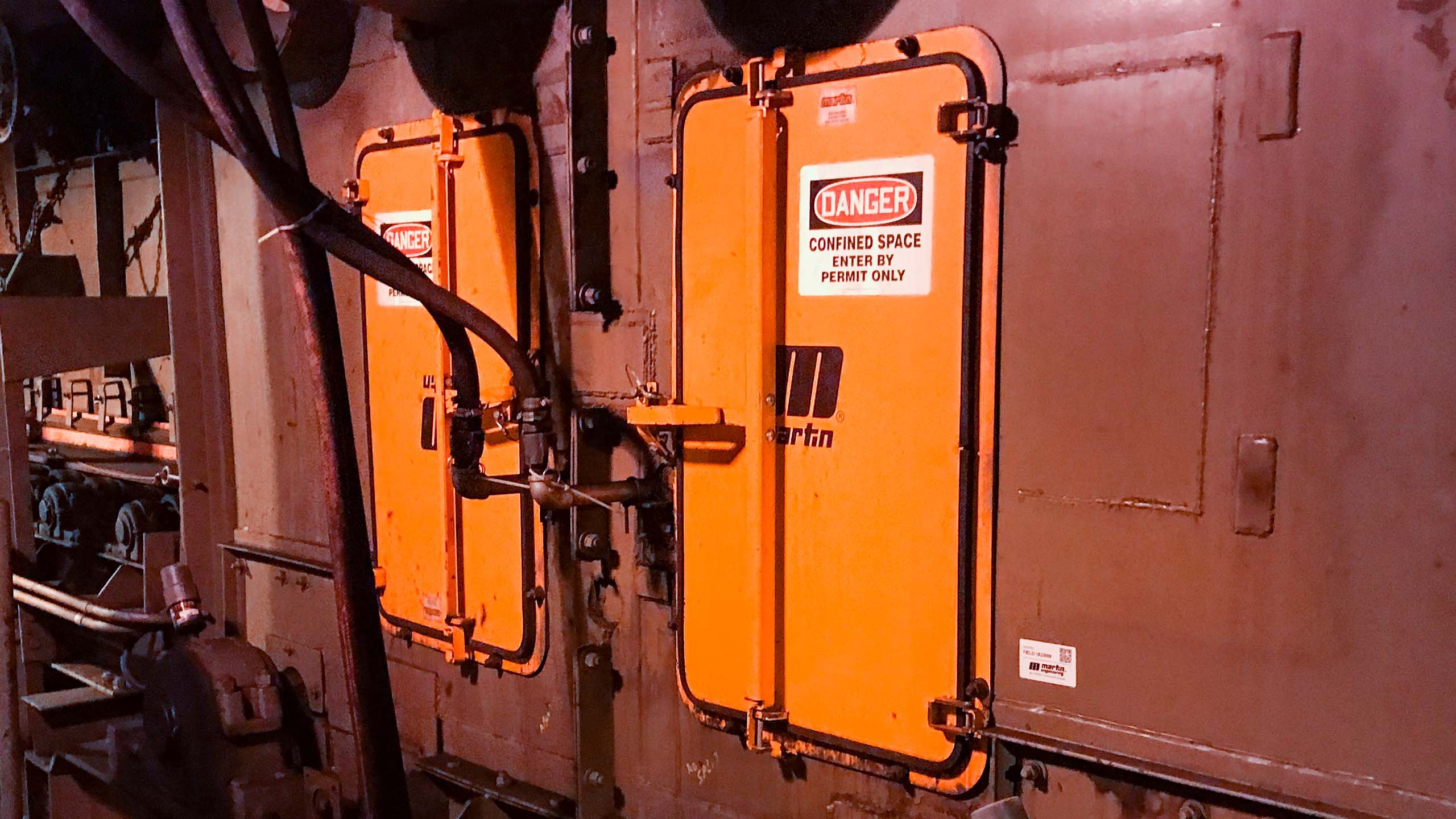Inspections
Routine maintenance inspections can extend belt and component life and improve performance by keeping minor, easily corrected problems from turning into major and costly headaches.
In some of the best operations, maintenance workers routinely “walk” the conveyor system, looking for indications of potential trouble. It is important that the “conveyor walker” be unencumbered so the surveyor can be safe and efficient during the inspection tour.
In some of the best operations, maintenance workers routinely “walk” the conveyor system, looking for indications of potential trouble.
Basic equipment includes:
- Flashlight
If the conveyor inspector will be looking into closed chutes or underground areas such as chutes and reclaim tunnels.
- Means to record information
Ranging from a pad of paper on a clipboard to a hand-held computer.
- Personal protective equipment (PPE)
Hard hat, safety glasses, hearing protection, and respirator as appropriate to plant conditions.
- Radio or cell phone
To allow communication to the control room or maintenance office.
Having an outside opinion often helps to bring attention to areas that plant personnel have come to view as normal. Some suppliers or manufacturers will offer to walk a plant system and provide a state-of-the-system report.
The most effective way to detect or troubleshoot problems within a conveyor system is to walk the system while it is operating. Although maintenance or repairs should not be made while the system is operating, watching the system operate and listening to the noises it makes will allow maintenance personnel to identify the components in need of repair/replacement.
It is difficult to conduct a useful belt inspection when the belt is operating at speeds greater than 1.0 meters per second (200 ft/min). Major damage may be spotted, but smaller defects will escape detection above these speeds. One solution to this problem is walking the full length of a stopped belt, checking it section by section. An alternative would be the use of a slow speed inspection drive. Some conveyors have a supplementary, or “creep,” drive operating at 0.1 to 0.25 meters per second (20 to 50 ft/min) to allow a slow-speed inspection.
See Also: Belt Conveyors, Personnel, and Procedures Part 1.





















Leave Comment